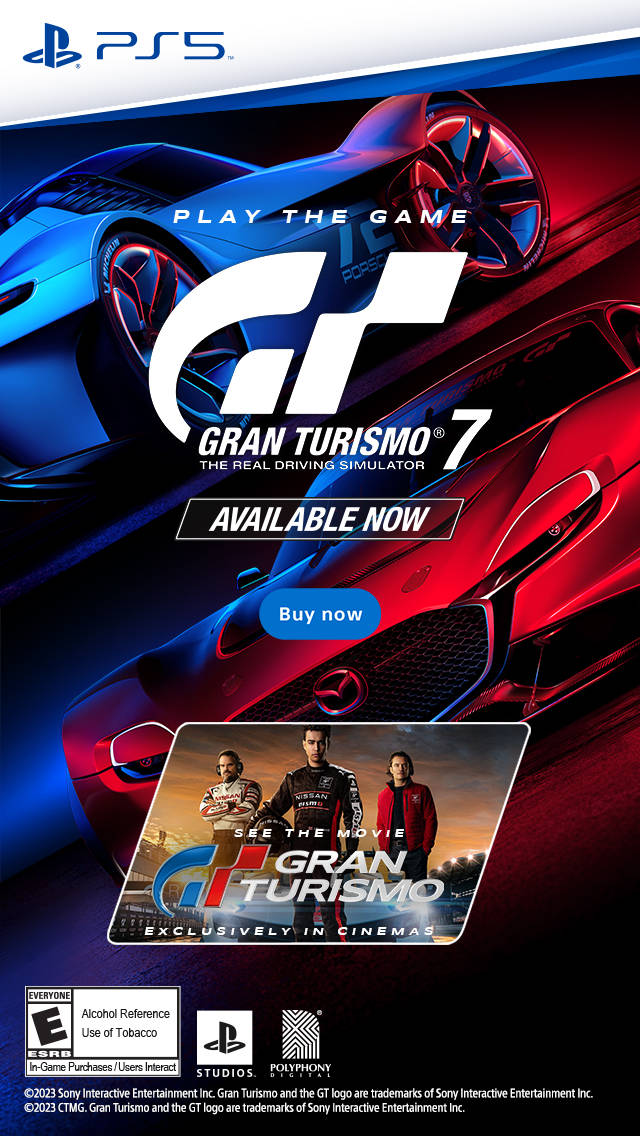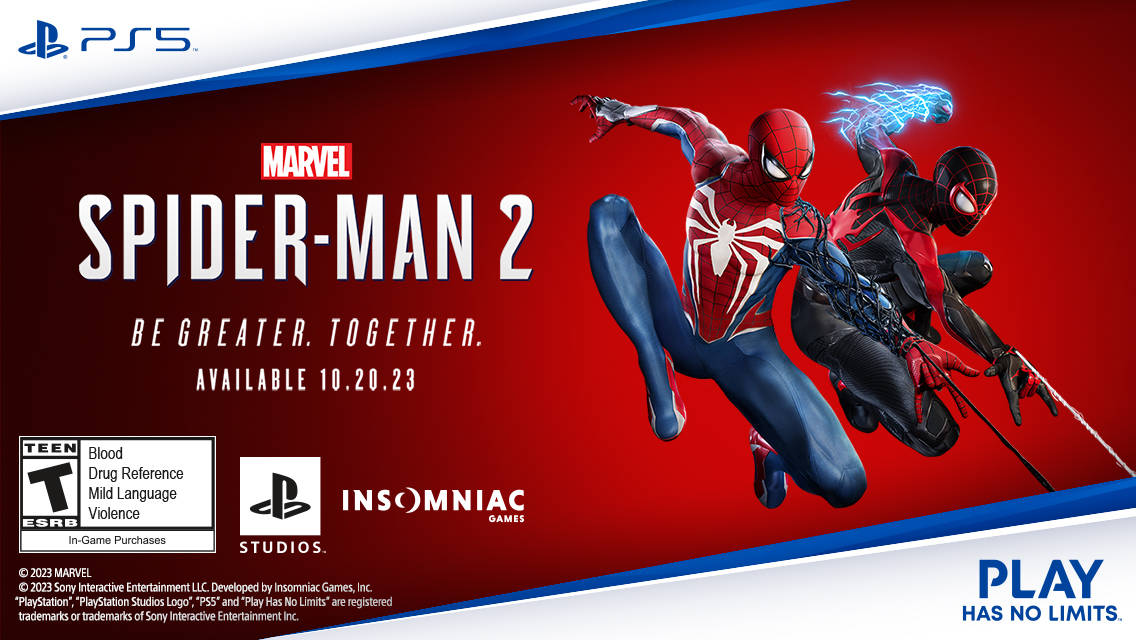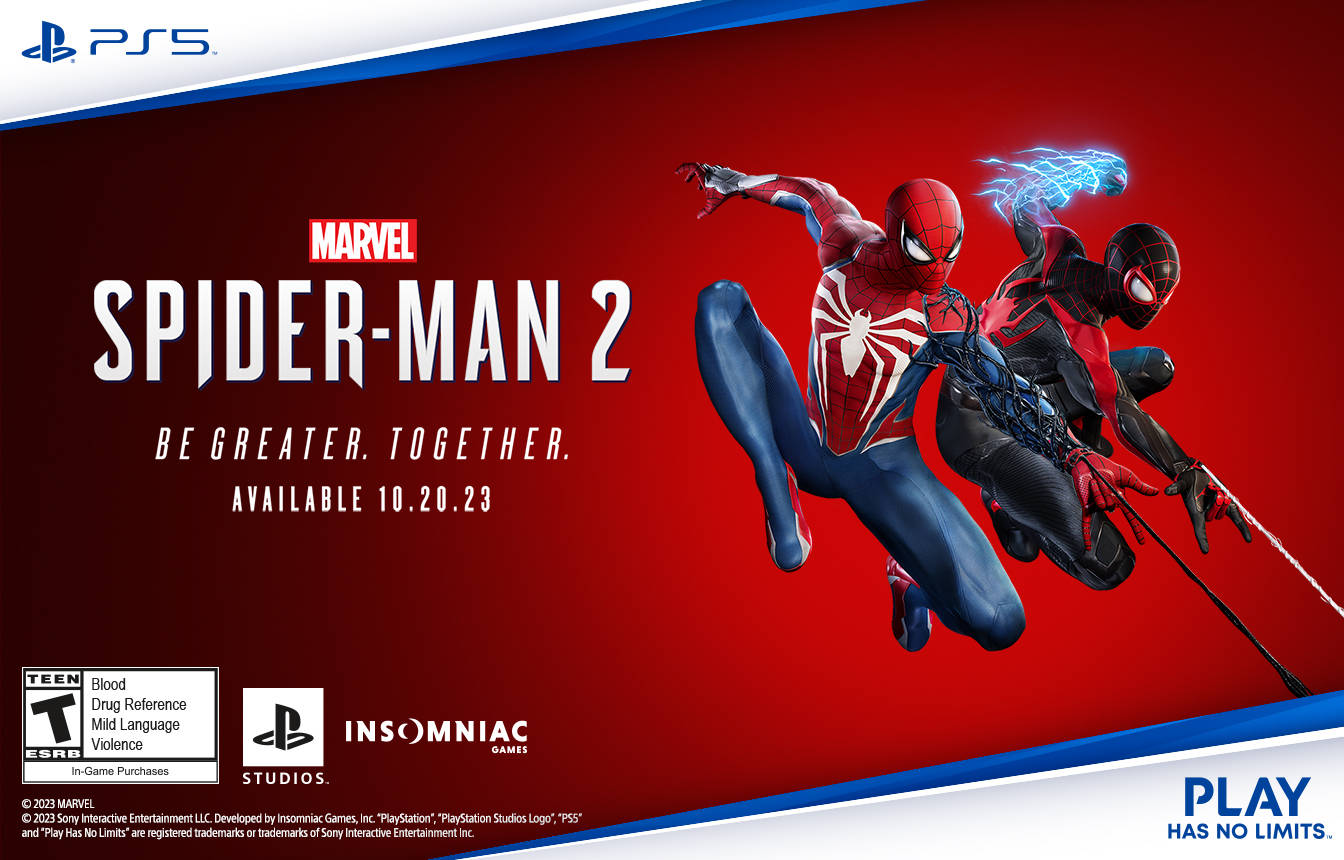In the waning autumn of toys-to-life games, Ubisoft made the bold move to introduce a new IP that uses cool spaceship toys to enhance the on-screen action. Starlink: Battle for Atlas features modular plastic ships with interchangeable wings, weapons, and pilots. You can mix and match many of the features to make your dream ship, which you can then play in the game.
Starlink plays like a Star Fox game, enough so that Ubisoft included Fox McCloud and friends exclusively in the Switch version of the game. Players explore a star system with the elite Starlink team, bent on liberating the Atlas system from the evil, power-hungry Legion (who kidnapped your leader, just in case you weren’t motivated enough to fight them).
The Atlas system includes seven planets and the expanse of space between them. Whichever ship you choose has the capability of dogfighting in space, making the long jump between planets, and exploring each one on the surface. (Whoever designed these things knew what they were doing.) Whether in space or on land, the ships control nimbly with good acceleration and maneuverability out of the gate. Along the way, you’ll find dozens of upgrades to boost your ship and its many interchangeable weapons in myriad ways until you’re a force to be reckoned with.
While combat plays a significant role in the game, Starlink focuses more on exploration. In addition to the main mission, every planet features dozens of side-quests that will have you making deliveries, defeating Legion forces, scanning wildlife, exploring ancient ruins, and earning plenty of experience to make you stronger. Like most adventure games, these ancillary missions can become a little repetitive, but the main story keeps you moving forward, so you can progress on to your next objective when the grind gets you down.
The game’s charm comes from the universe Ubisoft has built. Every planet has its own personality, with unique flora and fauna and environments you’ll need to factor into your ship’s loadout. As you explore, you’ll learn about each planet while uncovering the history of Atlas, the Legion, and even your teammates. Strong voice acting and plenty of humor make the story consistently enjoyable.
The game’s biggest problem comes from its toys-to-life structure. There’s a reason Skylanders, Disney Infinity, and LEGO Dimensions no longer occupy shelves around the world. Those who fill their living room with ship parts, weapons, and pilots will undoubtedly feel many of the same frustrations that affected the genre in the first place: the expense and inconvenience of needing to buy and scan in a bunch of toys just to play the game. Fortunately, in a much-appreciated act of benevolence, Ubisoft made buying those toys completely optional. Anything available physically for the game is also available digitally, and for a fraction of the cost.
Unless you really love the toys—which admittedly are well-designed and high-quality—digital is definitely the way to go. If you opt for the physical route, the Switch’s Starter Pack comes with two ships (one digital), two pilots and three weapons, which works out to be one more ship and pilot than the PlayStation 4 and Xbox One versions. The Digital Deluxe edition, however, features six ships, 10 pilots and 15 weapons for about $5 more. Plus, when you need to make a change, you don’t have to pause and snap parts on and off, which makes swapping much more convenient.
Either way you decide to play, you’re going to want more ships, pilots, and weapons. Ships and pilots are used as additional lives; die while facing a boss and the game will reset to the beginning of the fight if you don’t have other ships to call in. If you own five ships, then you have five chances to whittle the boss down, rather than just one, giving you a significant advantage for getting through the tough parts. You’ll also need a variety of weapons to get through many of the game’s puzzles.
If you have a choice, I’d definitely go with the Switch version of the game. While the graphics aren’t quite as sharp, and you will have to deal with a small amount of pop-in here and there, the addition of Fox and the crew is well worthwhile. Not only did Ubisoft work them seamlessly into the story, but there are also a handful of special Star Fox missions to tackle—and that’s in addition to the extra equipment you get with either the physical or digital Switch versions. Overall, it’s just a better deal.
If you’ve been waiting for a new space-based game, Starlink: Battle for Atlasmore than fits the bill. It offers story, characters, and gameplay that will appeal to players of all ages. In some ways, it’s unfortunate that the game was designed as a toys-to-life title, since that could hinder sales. The game is good enough it doesn’t need a gimmick to succeed—just a brave pilot with a controller, ready to eradicate the evil Legion.
|
★★★★☆
Like a mashup of Star Fox and No Man’s Sky, Starlink: Battle for Atlas features space combat, exploration, and a solid story to scratch your deep space itch. While presented as a toys-to-life game, the toys are entirely optional. Instead, opt for the digital version, which will get you additional content and greater convenience for about the cost of a physical Starter Pack. It’s definitely the best way to play. |
Developer Ubisoft Toronto Publisher Ubisoft ESRB E10+ – Everyone 10+ Release Date 10.16.2018 |
| Starlink: Battle for Atlas is available on PlayStation 4, Xbox One, and Nintendo Switch. Primary version played was for Nintendo Switch. Product was provided by Ubisoft for the benefit of this coverage. EGM reviews on a scale of one to five stars. | |

Even though he’s involved with a million different things at work, Marc still finds plenty of time to play games. This doesn’t seem to shrink his backlog, however. Still, he holds out hope for a time when the world is at peace, money becomes unimportant and the average day becomes three hours longer, enabling a semi-adequate time to game.





